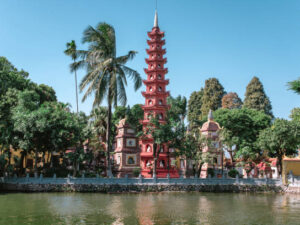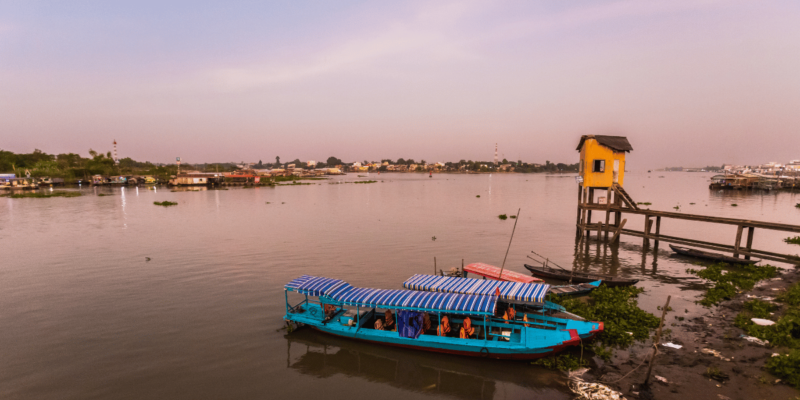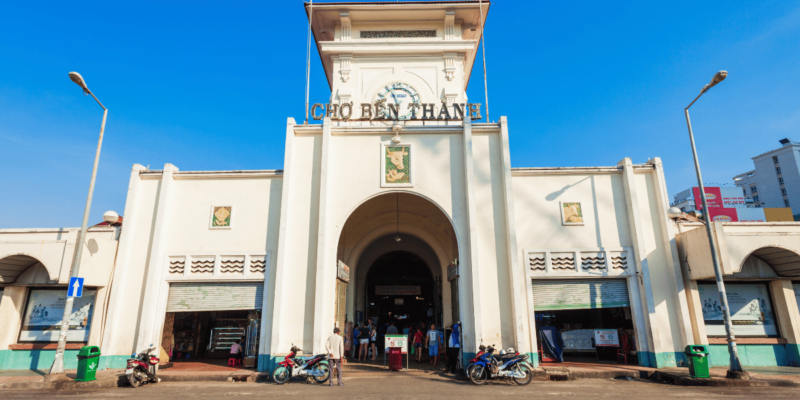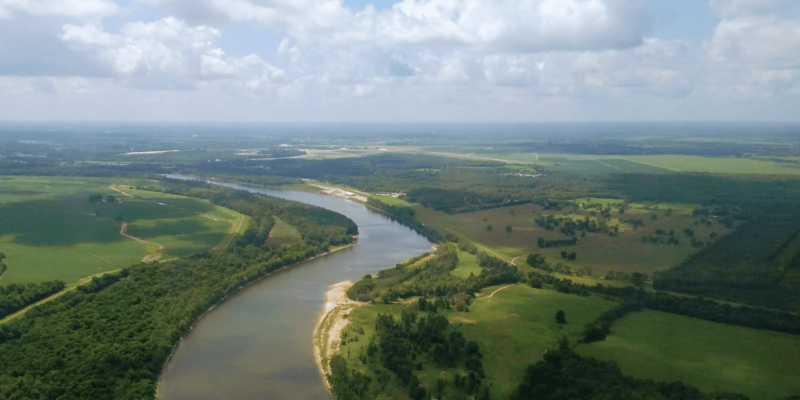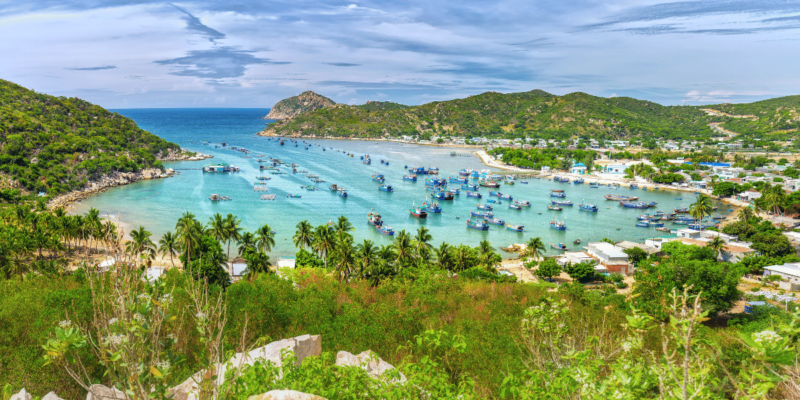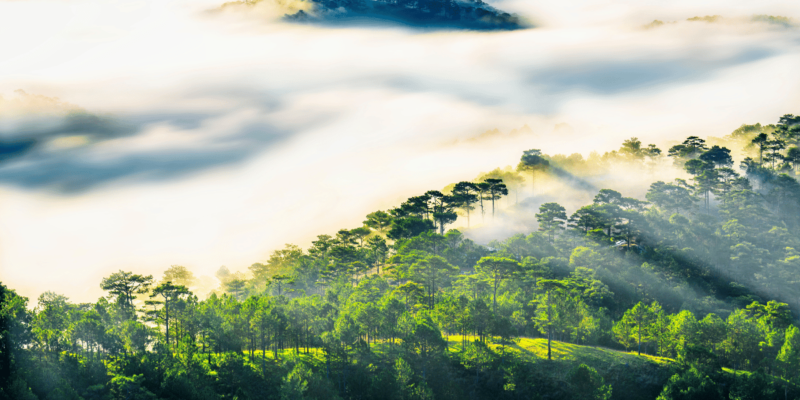Discovering Dalat: A Blend of French Charm and Quirky Attractions in Vietnam’s Highlands
Dalat, nestled at the southern end of Vietnam’s Central Highlands, was initially developed by French colonists. Despite its evolution, Dalat retains traces of a quaint French town, albeit increasingly interspersed with modern Vietnamese architecture.
Accessible primarily from Ho Chi Minh City by air, the journey to Dalat is particularly delightful by road, especially as it winds through diverse plantations including rubber, mulberry, coffee, and tea. The scenic route from Dalat to Highway 1 and onward to Nha Trang also offers numerous visual pleasures along the way.
Dalat boasts some top-tier accommodations, with the Sofitel Dalat Palace highlighted as among Vietnam’s finest. However, dining options are predominantly local, with limited international cuisine available.
Discovered by Dr. Alexandre Yersin in the late 19th century, Dalat quickly became a favored retreat for French civil servants and military personnel, offering a cool respite from the tropical climate of the Mekong Delta and coastal regions. Today, Dalat attracts a domestic crowd drawn by its mild and steady climate, often described as an “eternal spring.” This climate is ideal for the cultivation of high-quality fruits, vegetables, and flowers, many of which are exported across Asia.
Dalat is often romantically dubbed the “City of Eternal Spring” or occasionally referred to as a haven for eccentrics. While its temperate climate makes it a popular honeymoon destination for Vietnamese couples, those seeking quiet, romantic escapades might find the city’s ambiance less tranquil than anticipated.
In reality, Dalat presents an eclectic mix of attractions that might be considered more quirky than traditionally romantic. Away from the commercialized tourist traps, Dalat offers unique experiences that can feel like stepping into an offbeat wonderland.
Key Attractions in Dalat:
The Ugly Duckling of Dalat: The city’s central feature, Xuan Huong Lake, is a large artificial lake encircled by a 7-kilometer path. While beautiful, its charm is somewhat diminished by the presence of kitschy pedal boats shaped like swans.
A Glimpse into Wonderland: The Hang Nga “Crazy House,” a guesthouse and architectural marvel, offers an unforgettable experience with its surreal design, though comfort is sacrificed for art.
The Emperor’s Retreat: The Summer Palace of Emperor Bao Dai offers insights into Vietnam’s imperial past. It resembles more a grand residence than a palace and is complemented by a less frequented hunting lodge.
A Station with Little Service: Dalat’s railway station, once a part of a grand network connecting to Saigon, now operates a short stretch of track primarily for tourist purposes. Despite its limited use, the station is impeccably maintained.
The Wild East: The botanical gardens and the lakeside path provide a theatrical backdrop where local ‘cowboys’ in full Western regalia pose for photographs with tourists.
Artistic Abundance: Vien Thuc, known as the ‘mad monk,’ resides at the Lam Thi Nhi pagoda and produces a vast quantity of artwork, averaging eight pieces per day over thirty years.
In addition to these eccentric highlights, Dalat also features serene pagodas, a reputable golf course, and a museum that showcases the region’s history. Despite its tourism appeal, local culinary offerings are surprisingly modest, contrasting with the region’s rich agricultural produce showcased in its bustling market adorned with fresh flowers and produce.
Dalat, with its blend of historical charm, natural beauty, and unusual attractions, presents a multifaceted destination that caters to a variety of interests, from cultural exploration to adventure in its quirky, whimsical offerings.






